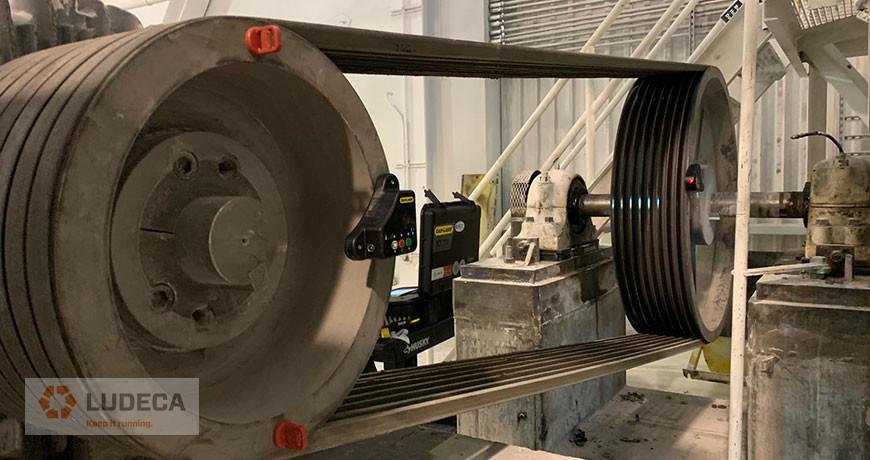Proper pulley alignment is crucial for ensuring the longevity and optimal performance of belt-driven systems. Misaligned pulleys can lead to increased wear and tear on belts, bearings, and other components, resulting in costly downtime and repairs. To prevent these issues, businesses rely on pulley alignment tools to accurately align their machinery. In this article, we’ll explore the importance of pulley alignment tools and how they contribute to prolonging belt life and performance.
Table of Contents
Understanding Pulley Misalignment
Before delving into the benefits of pulley alignment tools, it’s essential to understand the implications of pulley misalignment. Misaligned pulleys can cause several problems, including:
- Increased Wear: Misalignment puts unnecessary stress on belts, causing them to wear out prematurely. This results in frequent belt replacements and increased maintenance costs.
- Reduced Efficiency: Misaligned pulleys create friction and resistance, leading to energy wastage and decreased system efficiency. This can result in higher energy bills and reduced overall productivity.
- Vibration and Noise: Misalignment often leads to excessive vibration and noise, which can be disruptive to operations and indicate potential equipment failure.
The Role of Pulley Alignment Tools
Pulley alignment tools play a vital role in ensuring precise alignment between pulleys, minimizing the risk of misalignment-related issues. These tools typically consist of laser-based alignment devices that provide accurate measurements of pulley position and alignment angles. By using pulley alignment tools, businesses can achieve the following benefits:
- Improved Belt Life: Properly aligned pulleys distribute the load evenly across the belt, reducing wear and extending its lifespan. This results in fewer belt replacements and lower maintenance costs over time.
- Enhanced Equipment Performance: Well-aligned pulleys minimize friction and energy losses, optimizing the performance of belt-driven systems. This leads to smoother operation, increased throughput, and improved overall efficiency.
- Reduced Downtime: By proactively aligning pulleys using alignment tools, businesses can prevent unexpected breakdowns and minimize downtime. This helps maintain continuous production and prevents costly disruptions to operations.
- Preventive Maintenance: Pulley alignment tools enable businesses to implement proactive maintenance strategies by identifying and correcting alignment issues before they escalate. This helps prevent more significant problems and prolongs the lifespan of equipment.
Leveraging Wireless Vibration Monitoring for Enhanced Maintenance
In addition to pulley alignment tools, businesses can further improve maintenance practices by incorporating wireless vibration monitoring systems into their operations. Wireless vibration monitoring allows real-time monitoring of equipment vibration levels, enabling early detection of potential issues such as misalignment, imbalance, or bearing wear.
By linking to wireless vibration monitoring systems, businesses can:
- Detect Problems Early: Wireless vibration monitoring systems provide continuous monitoring of equipment health, allowing maintenance teams to detect and address issues before they escalate into costly failures.
- Optimize Maintenance Scheduling: By analyzing vibration data, maintenance teams can prioritize maintenance tasks based on equipment condition, optimizing maintenance schedules and resource allocation.
- Improve Equipment Reliability: Proactive maintenance enabled by wireless vibration monitoring helps improve equipment reliability, reducing the risk of unplanned downtime and maximizing production uptime.
Conclusion
In conclusion, pulley alignment tools are essential for ensuring the proper operation and longevity of belt-driven systems. By investing in these tools and incorporating wireless vibration monitoring systems into their maintenance practices, businesses can prolong belt life, enhance equipment performance, and minimize downtime. With proactive alignment and monitoring, businesses can achieve greater operational efficiency and maintain a competitive edge in today’s fast-paced industrial landscape.










